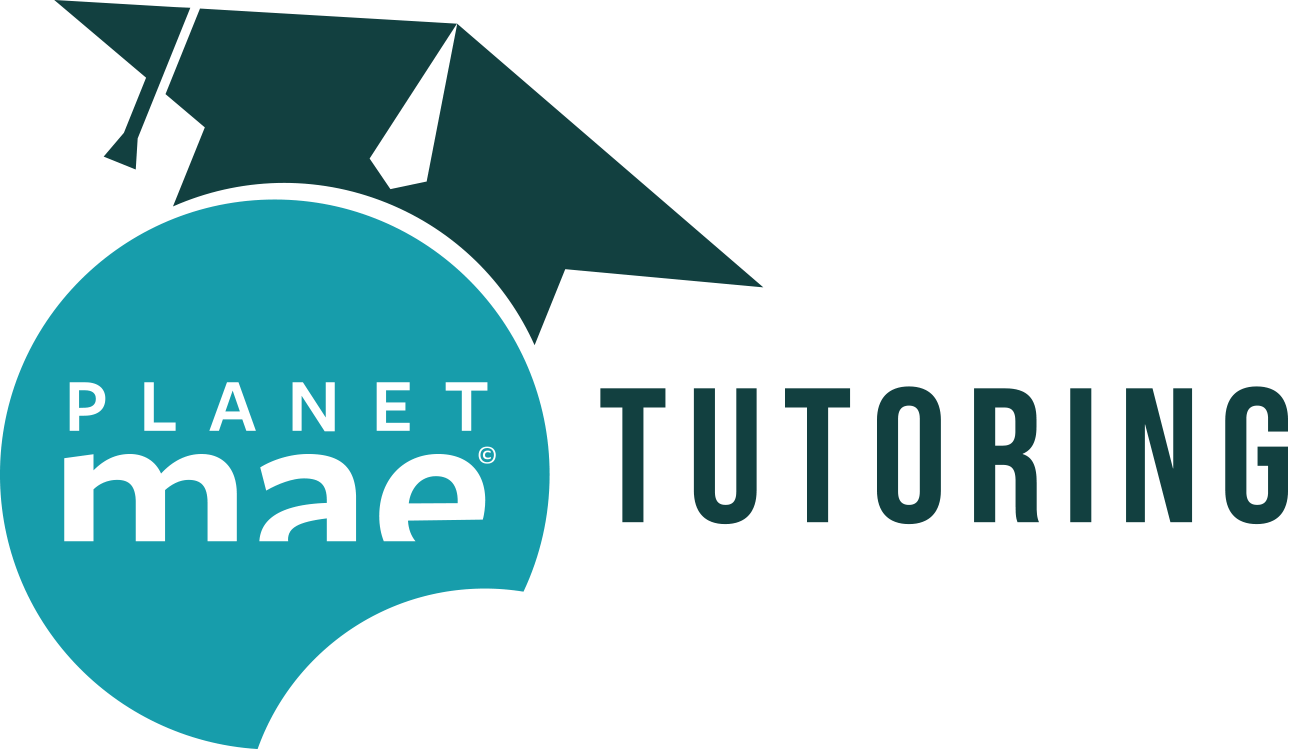We, as parents, knew our youngest daughter had a hard time with reading concepts and had been getting extra reading interventions since preschool. Though she loves stories and her comprehension when someone read to her was strong, she couldn’t seem to grasp the understanding of how letters formed words and how they connected to sounds. It was during 3rd grade that her teacher suggested that her struggles might be associated with dyslexia. In October of 2020, it became our personal mission to help her.
As we dug deeper into trying to get her help, we discovered just how hard it would be to get her into special education so she could get help in school. In addition, we realized that wouldn’t be enough to close the reading gap she was already facing. We were going to need to do more. Hours of research and numerous phone calls resulted in several insightful yet frustrating discoveries:
- Some forms of dyslexia are attributed to reading and writing challenges for around 20% of the population in the United States.
- Dyslexia often runs in the family. This is when I discovered I too have a dyslexic brain – I too struggled with learning to read until around the 8th grade and continue to struggle with spelling to this day.
- How we as a nation teach our children to read in school, along with the English language itself, compounds the struggles people with dyslexic brains face.
- Getting a dyslexia diagnosis is expensive with long waiting lists to get an actual medical diagnosis that can be written into an IEP. With support and testing from our school’s psychologist, test results showed that there was a significant gap between our daughter’s cognitive abilities and her reading/writing abilities and that is how she qualified for special education services.
- In addition to extra support from school, all research indicates that an extra two hours a week of Orton-Gillingham tutoring was needed to retrain her brain to decode (read) and encode (spell) words properly. Time and time again, Orton-Gillingham was recommended as the best scientifically supported intervention for kids with dyslexic brains.
- The nonprofit tutoring center that we applied to (also an extensive list of requirements including vision screening, hearing screening, a recommendation from a health practitioner that other learning disabilities weren’t at play and a special education diagnosis) ended up resulting in a two year waiting list to start tutoring. They suggested paying for tutoring if we could afford it.
- There is a shortage of professionally trained Orton-Gillingham tutors.
- People with dyslexic brains have strengths in some or all of the following areas: material, interconnected, narrative, and/or dynamic reasoning. I learned this by reading The Dyslexic Advantage by Brock L. Eide and Fernette F. Eide. This is a must read for any parent and/or person with a dyslexic brain.
We were lucky enough to have a tutor recommended that has many years of experience and who tutors virtually, making it accessible to our family as there is a limited number of tutors in our area. It just so happened when we reached out to her that she had two students graduating out of her program as they were reading at grade level and feeling confident with their reading and writing skills. Though we were grateful that our daughter was getting the help she needed, as an educator who has always had a passion for reading I knew I needed to do more to help.
In June of 2021, I began taking classes at Orton-Gillingham of Minnesota to become a dyslexia tutor. It was in this instructional setting that I learned the importance of explicit instruction that is tailored to the individual needs of each student. With over 200 hours of a combination of student tutoring, practicum work, class instruction and observation by instructors, I became an officially Certified Orton-Gillingham Tutor in June of 2023. It is my passion to help as many students with dyslexic brains as possible and thus began the start of Planet Mae Tutoring.
